Discover the Spiritual Legacy of Phra Phrom (Four-Faced Buddha) and the Mystical Connection Between Thao Kesaro and Phra Pinklao at Bangkok’s Most Iconic Shrine in Bangkok
The first deity of the Ratchaprasong area
Ticy City by “Nai Mu” remains focused on the Ratchaprasong area because this location is truly a sacred space dominated by Hindu deities! But how many know that the very first god in this area was “Thao Maha Phrom Erawan”!
The Erawan Shrine was established in 1956 during the construction of the original Erawan Hotel, which began in 1954 as a government-run enterprise. Lieutenant General Luang Boon Songkhram (Chon Boon Songkhram), a retired military officer, won the construction bid, while Police General Phao Siyanon, Director-General of the Police Department, served as the project’s chairman. The hotel’s construction faced numerous delays and mishaps, prompting spiritual guidance from Admiral Luang Suwichanphaet, a naval officer and astrologer. His recommendation to invoke Brahma led to the enshrinement of Thao Maha Phrom on November 9, 1956.
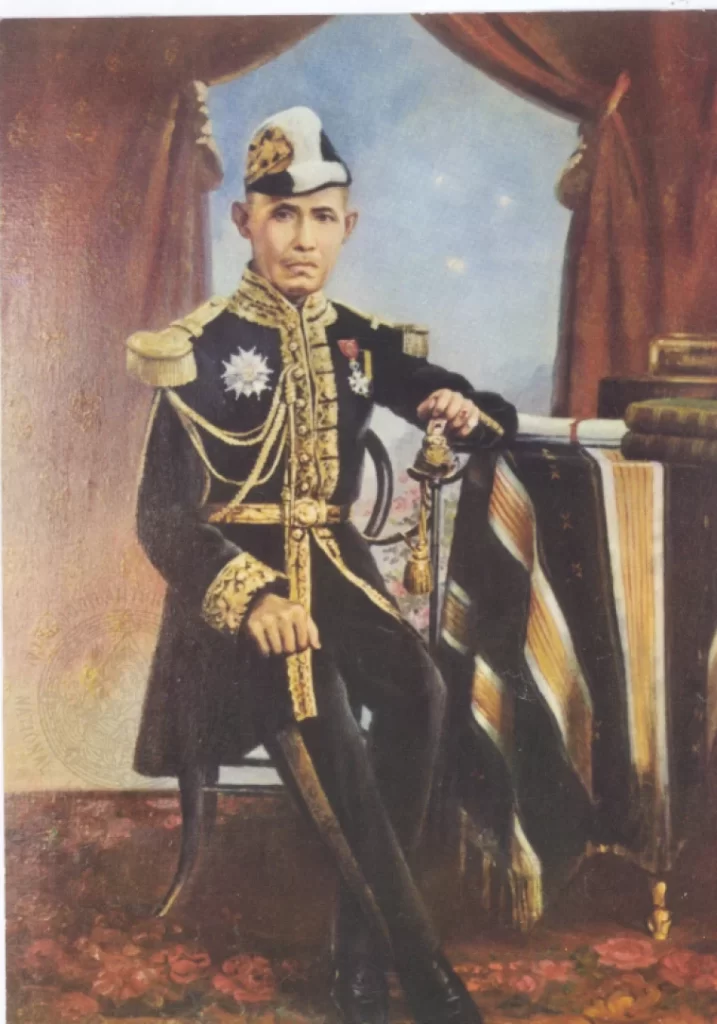

The shrine was built as an offering to ensure the smooth completion of the hotel, and since its establishment, the Erawan Shrine has become one of the most sacred and significant places of worship in Bangkok. In 1991, when the Erawan Hotel was rebuilt and transformed into the “Grand Hyatt Erawan Hotel,” the Erawan Shrine remained on its original site, a symbol of the area’s spiritual and cultural heritage.

“Thao Maha Phrom Erawan” is Brahma from Buddhist cosmology. Many Thai homes, malls, shops, and businesses set up Phra Phrom shrines due to the influence of this very Brahma! It’s distinct from Brahma, the “Creator God” in the Hindu-Brahmin tradition.
Why “Phra Phrom Erawan” Was Established
The hotel’s construction faced constant delays and obstacles. Materials didn’t match the required specifications, workers made mistakes, and accidents injured many tradesmen daily. This led Police General Phao Siyanon to call a board meeting to find a solution to complete the hotel on time.

One senior member suggested seeking assistance from Admiral Luang Suwichanphaet (Aun Suwanphanu), a naval officer known for his astrological and meditative expertise. Police Major General M.L. Jare Suptas Ayudhya, the project supervisor, served as the liaison.
“Erawan” is the name of Indra’s white elephant, a celestial being who transforms into a 33-headed white elephant to serve as Indra’s mount. As the construction had not paid proper homage to sacred entities, Luang Suwichanphaet advised invoking Brahma and requesting to use the name “Erawan” from the heavens for the hotel. This was done to secure divine blessings and ensure smooth progress and timely completion. Should the construction finish on time, a shrine must be built immediately to honor him.
Strangely enough, after the blessing ceremony, everything ran smoothly, and the project finished on schedule!


Thao Kesaro + Phra Pinklao = Phra Phrom Erawan
“Phra Phrom Erawan” derives from Buddhist cosmology, particularly from “Traibhumi,” where Brahma’s status is above the deities of the Six Heavens of Desire. Brahma’s realm is divided into the 16 heavens of the Rupaloka (Form Realm) and 4 heavens of the Arupaloka (Formless Realm). However, the image of Brahma in Thai beliefs borrows from the Hindu concept of the “Creator Brahma.”
Luang Suwichanphaet once revealed that when King Pinklao (the second king during King Rama IV’s reign) passed away, he was reborn in the Brahma heavens, taking the name “Thao Kesaro,” serving as the deputy to Thao Maha Phrom. During the construction of the Brahma shrine, the divine spirit of Thao Kesaro was invited to inhabit the Brahma statue, offering blessings to the public and increasing the king’s merit. It’s said that his divine presence manifests every evening, except on Buddhist holy days when he attends to the Buddha.
The original offering formula, passed down through spiritual communication, consists of fresh flower garlands, red roses, 7 incense sticks, and 1 candle (for vow fulfillment, a 7-color, 7-ell garland should be used).
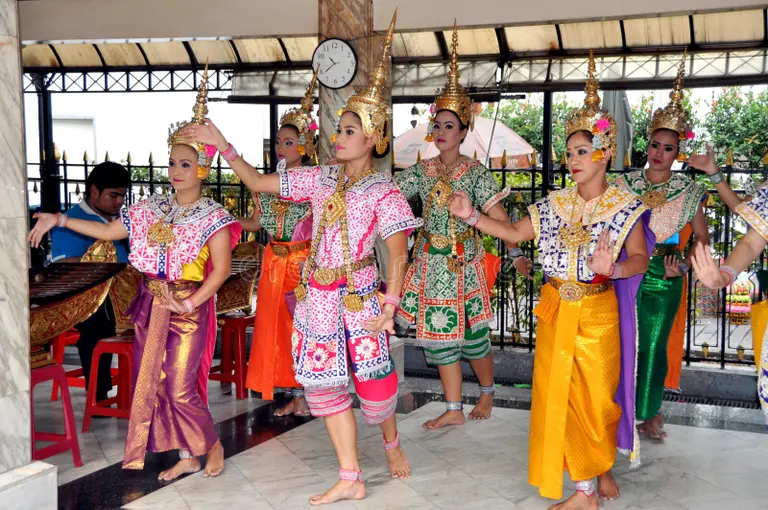


Crisis Overcome, More Sacred Than Ever
On March 21, 2006, a mentally disturbed man destroyed the Brahma statue. It took two months to restore, and on May 21, 2006, it was re-enshrined. Later, on August 17, 2015, a bombing occurred in the area, harming the public, though the Brahma statue suffered only minor damage and was soon repaired. A consecration ceremony followed, and since then, the shrine’s sacredness has grown even stronger. Recently, a TikTok video surfaced showing a Chinese worshiper who had their wishes granted, going so far as to hire 168 dancers to perform a thank-you dance at the shrine!
Today, the Erawan Shrine is a major landmark for worshippers, especially tourists from China and Hong Kong. Offerings have also evolved over time, now consisting of 12 incense sticks (3 for each side), 4 candles, gold leaf, and flower garlands. Notably, incense burning at the Erawan Shrine has been discontinued. The most popular garlands today are made from marigolds, a favored flower among Hindu deities. However, the white lotus, Brahma’s true favorite flower, has largely been forgotten, as have the once-common red roses…
See you again next time!
Story by: Nai Mu
#TicyCity #GodsCity #Naimu #PhraPhrom #ErawanShrine #ThaoMahaPhrom #Ratchaprasong #Belief #CityCenter #BusinessDistrict





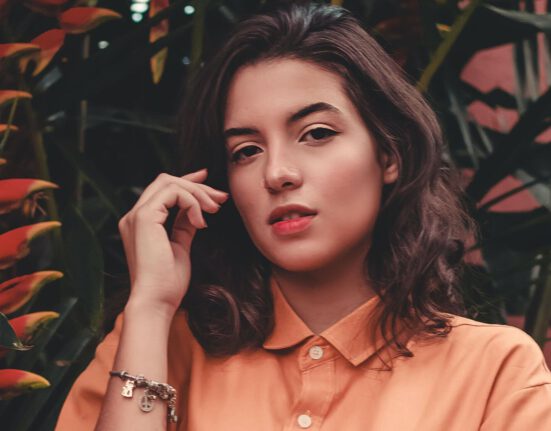

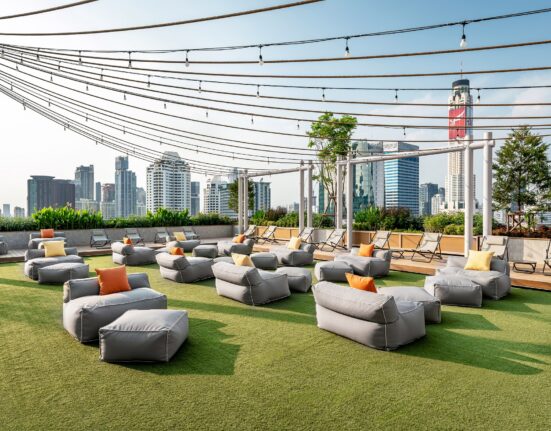

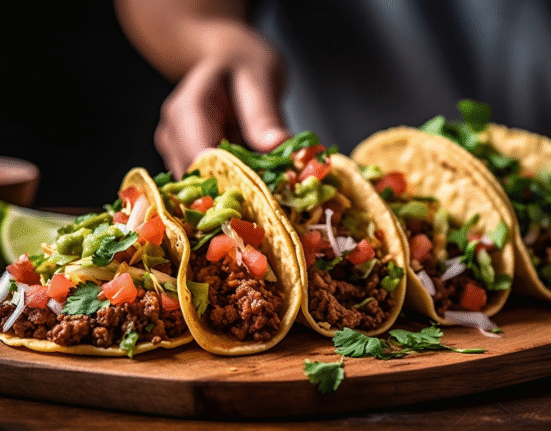
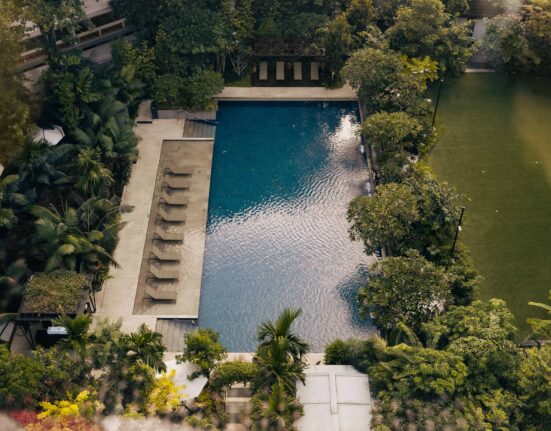



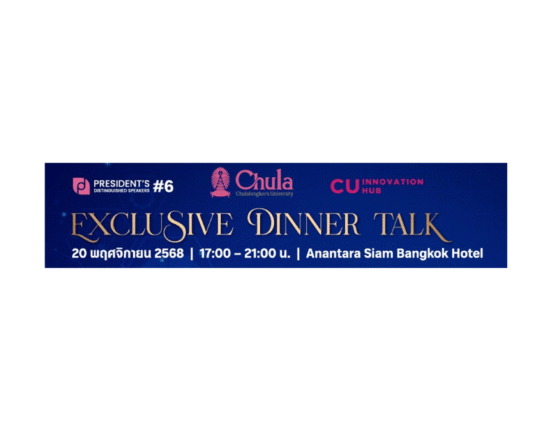

Leave feedback about this